Home>Furniture & Design>Bathroom Accessories>How Often Should You Replace Your Bath Mat
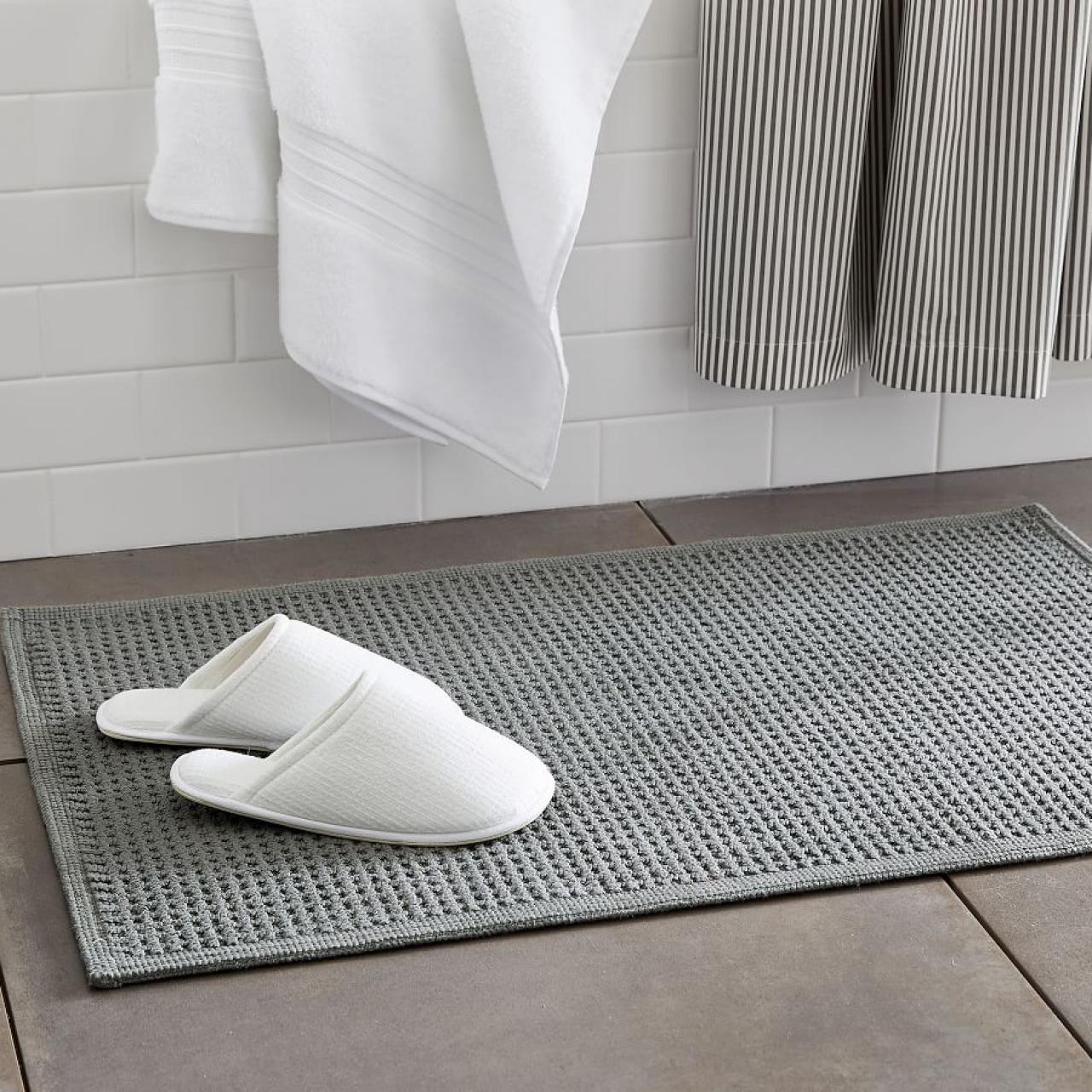

Bathroom Accessories
How Often Should You Replace Your Bath Mat
Modified: August 17, 2024
Discover the best practices for replacing bathroom accessories like bath mats. Learn how often to update your bath mat for a clean and safe bathroom environment.
(Many of the links in this article redirect to a specific reviewed product. Your purchase of these products through affiliate links helps to generate commission for Storables.com, at no extra cost. Learn more)
Introduction
A bath mat is a simple yet essential accessory that often goes unnoticed in the bustling realm of bathroom decor. It serves as a functional and aesthetic element, providing a soft, absorbent surface to step onto after a refreshing shower or a relaxing bath. While bath mats are designed to withstand moisture and foot traffic, they are not immune to wear and tear. As a result, it's crucial to understand the lifespan of a bath mat and the signs that indicate when it's time for a replacement.
The longevity of a bath mat depends on various factors, including its material, construction, usage frequency, and maintenance. By delving into these aspects, you can gain valuable insights into how to prolong the life of your bath mat and ensure a hygienic and visually appealing bathroom environment.
Understanding the optimal replacement timeline for your bath mat is essential for maintaining cleanliness and safety in your bathroom. Neglecting to replace an old, worn-out bath mat can lead to hygiene issues and compromise its functionality. Therefore, it's important to be mindful of the indicators that signal the need for a new bath mat, as well as the measures you can take to extend the lifespan of your current one.
In this comprehensive guide, we will explore the factors that influence the durability of bath mats, the telltale signs that it's time for a replacement, and practical tips for prolonging the lifespan of your bath mat. By the end of this article, you will have a deeper understanding of how to care for your bath mat and make informed decisions regarding its maintenance and replacement. Let's embark on this journey to unravel the mysteries of bath mat longevity and upkeep.
Key Takeaways:
- Replace your bath mat when you see wear and tear, lingering odors, reduced absorbency, unsanitary stains, loss of grip, or structural weakness to maintain a clean, safe, and visually appealing bathroom.
- To extend your bath mat’s lifespan, regularly clean and dry it, handle it gently, rotate usage, expose it to sunlight, and inspect it for wear. These steps ensure a clean, comfortable, and visually appealing bathroom environment.
Factors to Consider
When evaluating the lifespan of a bath mat, several key factors come into play. Understanding these elements is crucial for determining how long a bath mat can be expected to last and when it may need to be replaced.
Material and Quality
The material composition of a bath mat significantly influences its durability. High-quality materials such as cotton, microfiber, or bamboo are known for their absorbency and resilience. Cotton bath mats are soft, absorbent, and easy to clean, making them a popular choice for many households. Microfiber mats offer exceptional water absorption and quick drying properties, while bamboo mats are valued for their natural antibacterial properties and eco-friendly appeal. On the other hand, low-quality materials may deteriorate more rapidly, leading to fraying, fading, or diminished absorbency.
Construction
The construction of a bath mat plays a pivotal role in its longevity. Mats with reinforced edges and sturdy stitching are less prone to unraveling and fraying, ensuring prolonged use. Additionally, the backing of the mat, whether it's made of non-slip rubber or another gripping material, contributes to its stability and resistance to wear and tear.
Frequency of Use
The frequency of use directly impacts the wear and tear experienced by a bath mat. In a bustling household where the bathroom sees frequent traffic, the mat is subjected to more footfalls and moisture, potentially accelerating its deterioration. Conversely, in a less frequently used bathroom, the mat may maintain its quality for a longer period.
Read more: How Often Should You Replace Your Plunger
Maintenance
Proper maintenance is essential for preserving the condition of a bath mat. Regular washing and thorough drying help prevent the buildup of mold, mildew, and unpleasant odors. Following the manufacturer's care instructions, such as washing in cold water or avoiding the use of harsh chemicals, can significantly extend the lifespan of the mat.
Environmental Factors
Environmental conditions, such as high humidity levels, prolonged exposure to direct sunlight, or contact with harsh cleaning agents, can impact the integrity of a bath mat. These factors can contribute to color fading, material degradation, and reduced overall lifespan.
By considering these factors, you can gain a comprehensive understanding of the variables that influence the longevity of your bath mat. Armed with this knowledge, you can make informed decisions regarding the selection, care, and replacement of your bath mat, ensuring a clean, comfortable, and inviting bathroom environment.
Signs It's Time to Replace Your Bath Mat
Recognizing the signs that indicate the need for a new bath mat is essential for maintaining a hygienic and visually appealing bathroom. Over time, bath mats endure wear and tear, diminishing their functionality and aesthetic appeal. By being attentive to the following indicators, you can determine when it's time to bid farewell to your current bath mat and welcome a fresh, revitalized replacement.
1. Wear and Tear
Visible wear and tear, such as frayed edges, faded colors, or threadbare patches, are clear signals that your bath mat has served its purpose and is due for a replacement. As the fibers of the mat deteriorate, its ability to absorb moisture and provide a comfortable surface diminishes, compromising its functionality and visual appeal.
2. Lingering Odors
Despite regular washing, if your bath mat retains persistent odors that resist elimination, it may be harboring mold or mildew. Lingering musty or unpleasant odors indicate that the mat has reached the end of its lifespan, as prolonged exposure to moisture and bacteria can compromise its hygiene and freshness.
3. Reduced Absorbency
A decline in the mat's absorbency is a clear indication that it has fulfilled its duty. If the mat no longer effectively absorbs moisture, leaving the bathroom floor damp or slippery after use, it poses a safety hazard and detracts from its primary function.
4. Unsanitary Stains
Stubborn, unsightly stains that resist cleaning efforts signify that the mat has reached the end of its hygienic lifespan. Despite diligent cleaning, certain stains may become ingrained in the fibers, compromising the mat's cleanliness and visual appeal.
5. Loss of Grip
The backing of a bath mat plays a crucial role in preventing slips and falls. If the non-slip backing has deteriorated, resulting in reduced grip and stability on the bathroom floor, it poses a safety risk and indicates that the mat is no longer suitable for use.
Read more: How Often Should You Replace Rugs
6. Structural Weakness
A bath mat that exhibits structural weakness, such as flattened or compressed padding, diminished cushioning, or a lack of resilience, no longer provides the comfort and support expected from a functional bath accessory.
By remaining vigilant for these telltale signs, you can proactively address the need for a new bath mat, ensuring a clean, safe, and inviting bathroom environment. Recognizing when it's time to bid adieu to your old bath mat paves the way for embracing a fresh, rejuvenated replacement, enhancing both the functionality and aesthetics of your bathroom space.
How to Extend the Lifespan of Your Bath Mat
Proactively caring for your bath mat can significantly prolong its lifespan, ensuring that it continues to enhance your bathroom environment for an extended period. By implementing the following practical tips and maintenance strategies, you can preserve the quality and functionality of your bath mat, maximizing its durability and visual appeal.
-
Regular Cleaning: Establish a routine for washing your bath mat to prevent the accumulation of dirt, moisture, and bacteria. Follow the manufacturer's care instructions, which often recommend machine washing in cold water and gentle detergent. Avoid using harsh chemicals or bleach, as they can degrade the fibers and backing of the mat.
-
Thorough Drying: After washing, ensure that the bath mat is thoroughly dried to prevent the growth of mold and mildew. Hang it in a well-ventilated area or use a dryer on a low-heat setting. Prompt drying is essential for maintaining the mat's freshness and preventing moisture-related damage.
-
Avoid Overcrowding: When laundering your bath mat, refrain from overcrowding the washing machine, as this can impede proper cleaning and drying. Providing ample space for the mat to move freely during the washing and spinning cycles helps maintain its integrity and absorbency.
-
Gentle Handling: Treat your bath mat with care to prevent unnecessary wear and tear. Avoid vigorous scrubbing or wringing, as this can damage the fibers and backing. Gently shake the mat after washing to fluff the fibers and restore its plushness.
-
Rotate Usage: If you have multiple bath mats, consider rotating their usage to distribute wear evenly. Alternating between mats allows them to air out and recover from moisture exposure, reducing the risk of premature deterioration.
-
Sunlight Exposure: Periodically expose your bath mat to sunlight, as natural sunlight can help inhibit bacterial growth and eliminate moisture. However, be mindful of prolonged exposure, as it may cause color fading in certain materials.
-
Regular Inspection: Routinely inspect your bath mat for signs of wear, such as fraying edges or diminished absorbency. Promptly addressing any issues can prevent further deterioration and extend the mat's lifespan.
By incorporating these proactive measures into your bath mat care routine, you can effectively prolong its lifespan and maintain a clean, comfortable, and visually appealing bathroom environment. Consistent maintenance and attentive care not only preserve the functionality of your bath mat but also contribute to a hygienic and inviting bathing space for you and your household.
Conclusion
In conclusion, the lifespan of a bath mat is influenced by a myriad of factors, including material quality, construction, frequency of use, maintenance, and environmental conditions. Understanding these variables is essential for gauging the longevity of a bath mat and determining when it's time for a replacement. By recognizing the signs that indicate the need for a new bath mat, such as wear and tear, lingering odors, reduced absorbency, unsanitary stains, loss of grip, and structural weakness, individuals can proactively maintain a clean, safe, and visually appealing bathroom environment.
Moreover, the practical tips for extending the lifespan of a bath mat, including regular cleaning, thorough drying, gentle handling, and sunlight exposure, empower individuals to preserve the quality and functionality of their bath mats. By implementing these maintenance strategies, bath mat owners can maximize the durability and visual appeal of their bath mats, ensuring a prolonged and satisfactory usage experience.
Ultimately, the decision to replace a bath mat should be guided by a combination of visual, functional, and hygienic considerations. Regular inspection and attentiveness to the condition of the bath mat are crucial for identifying signs of wear and addressing them promptly. By doing so, individuals can maintain a clean, comfortable, and inviting bathroom space, free from the potential hazards and aesthetic drawbacks associated with an aging bath mat.
In essence, the lifespan of a bath mat is not solely determined by time but by the care and attention it receives. By understanding the factors that influence bath mat longevity and proactively addressing signs of wear, individuals can ensure that their bath mats continue to serve as reliable, hygienic, and visually pleasing accessories in their bathrooms. With a mindful approach to maintenance and replacement, bath mat owners can uphold a standard of cleanliness, safety, and comfort in their bathing environments, enhancing the overall quality of their daily routines.
Frequently Asked Questions about How Often Should You Replace Your Bath Mat
Was this page helpful?
At Storables.com, we guarantee accurate and reliable information. Our content, validated by Expert Board Contributors, is crafted following stringent Editorial Policies. We're committed to providing you with well-researched, expert-backed insights for all your informational needs.
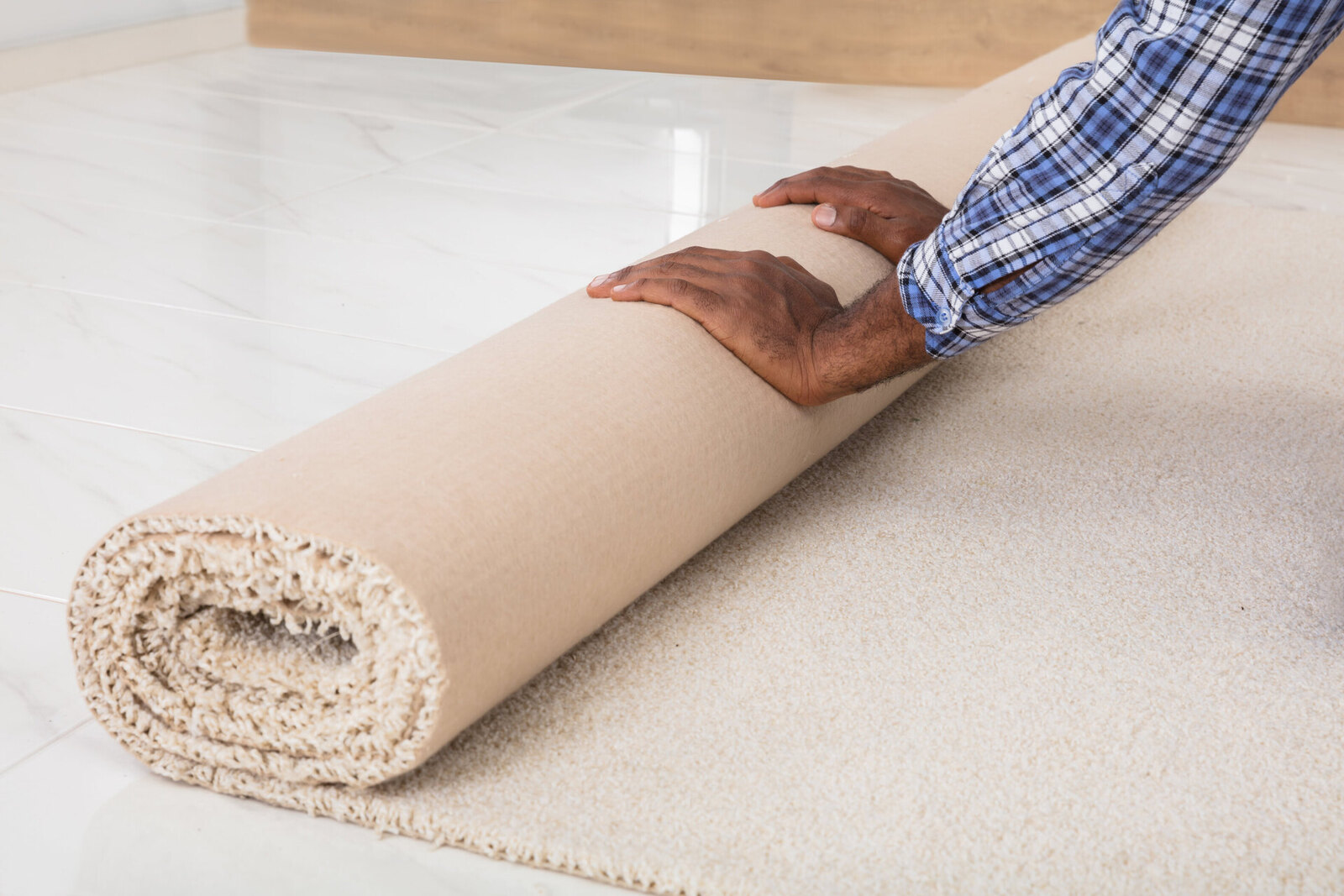
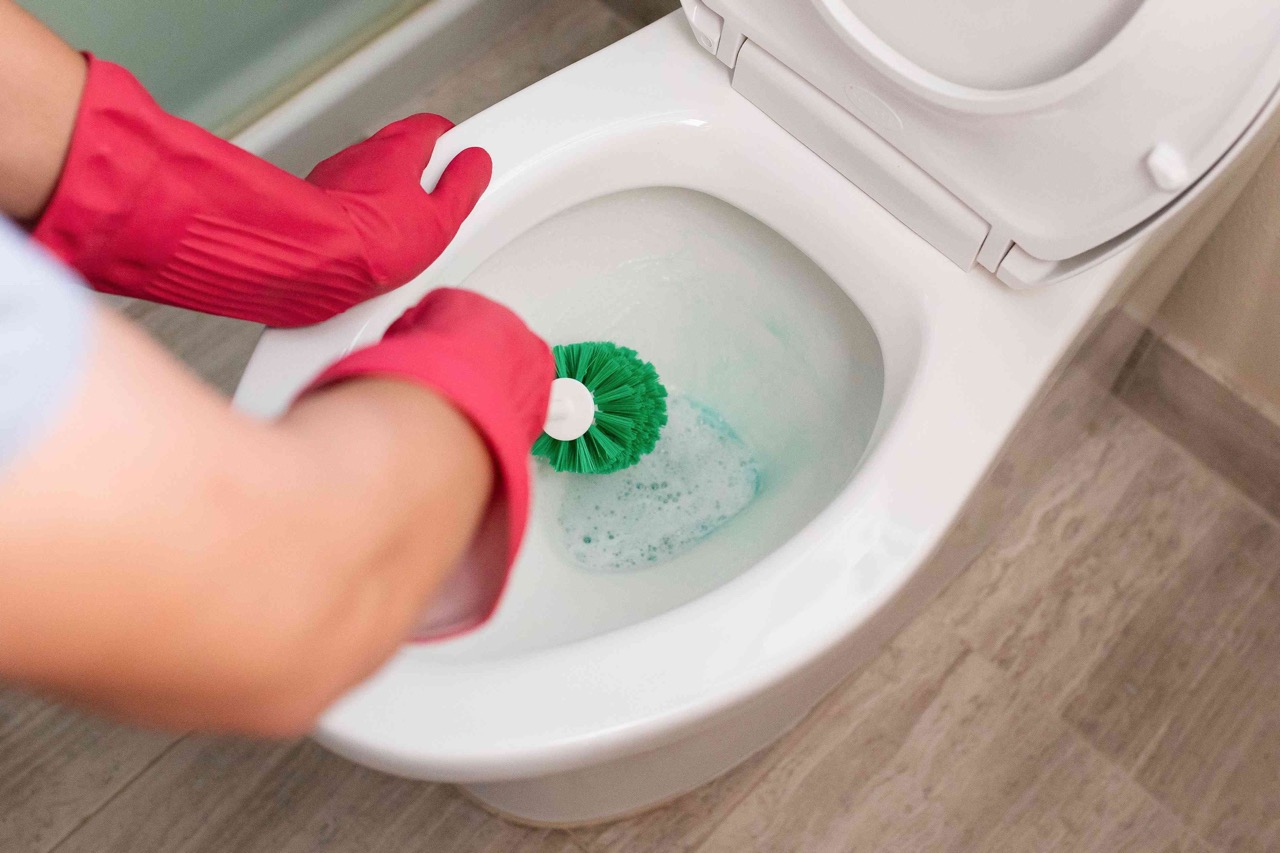
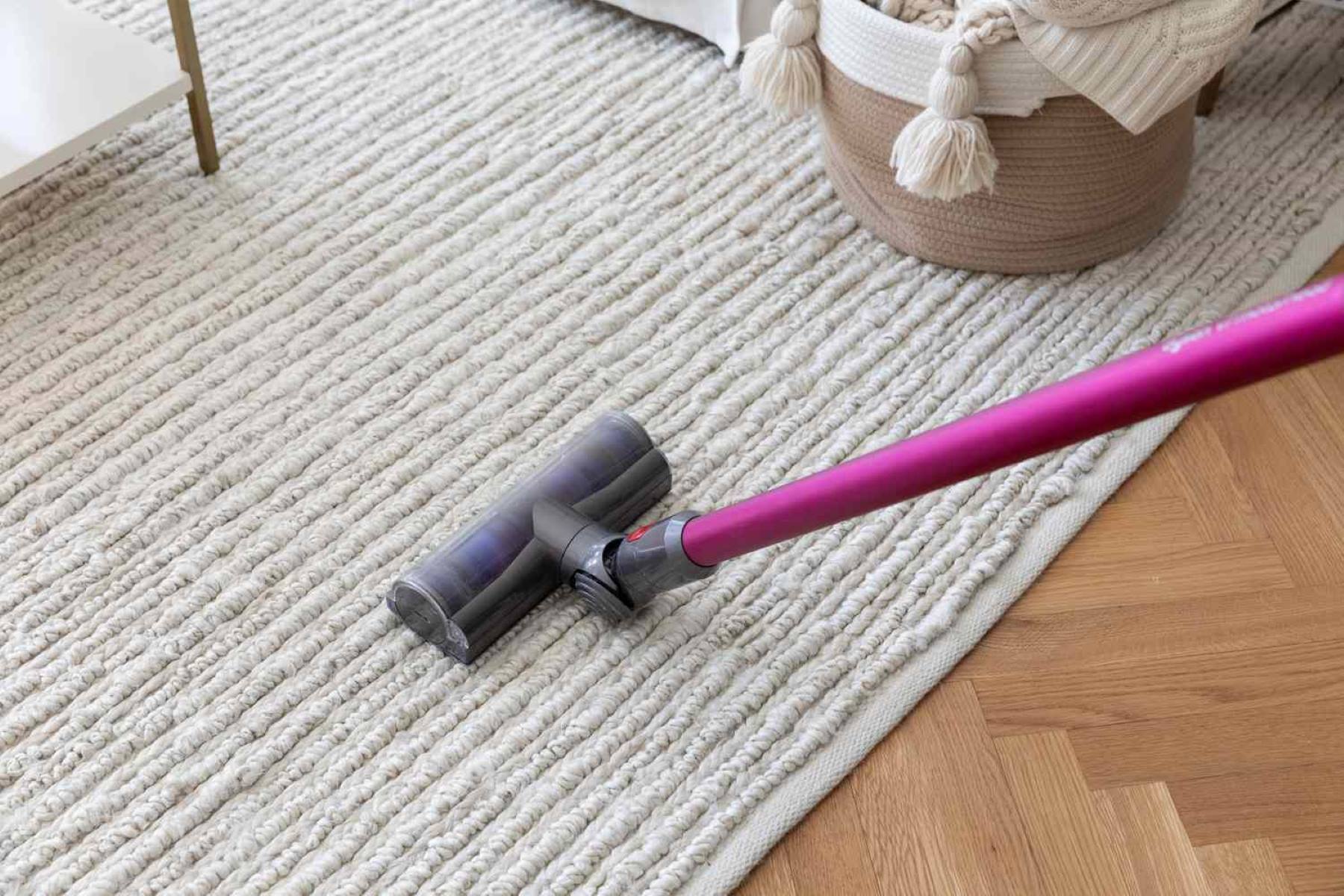
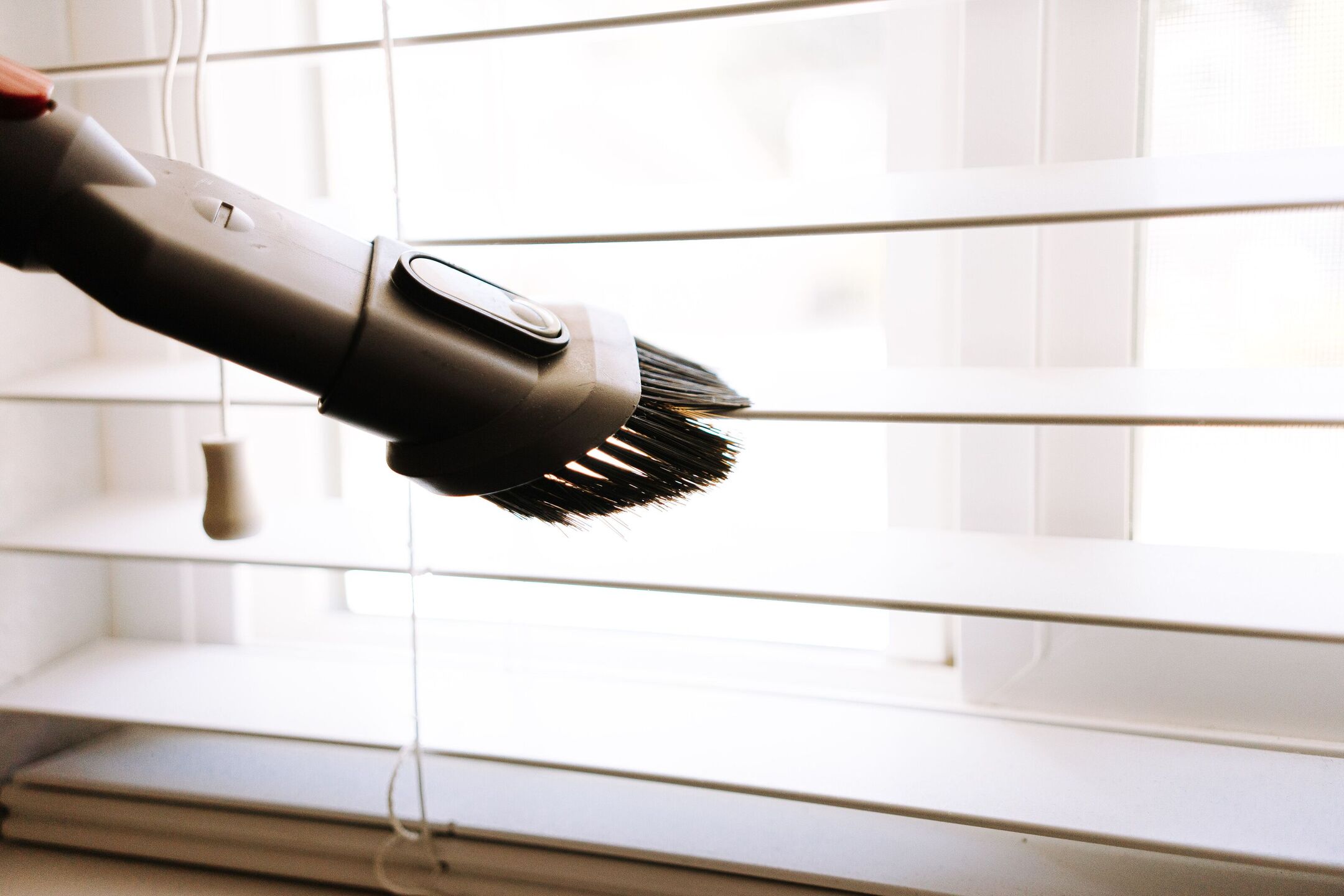

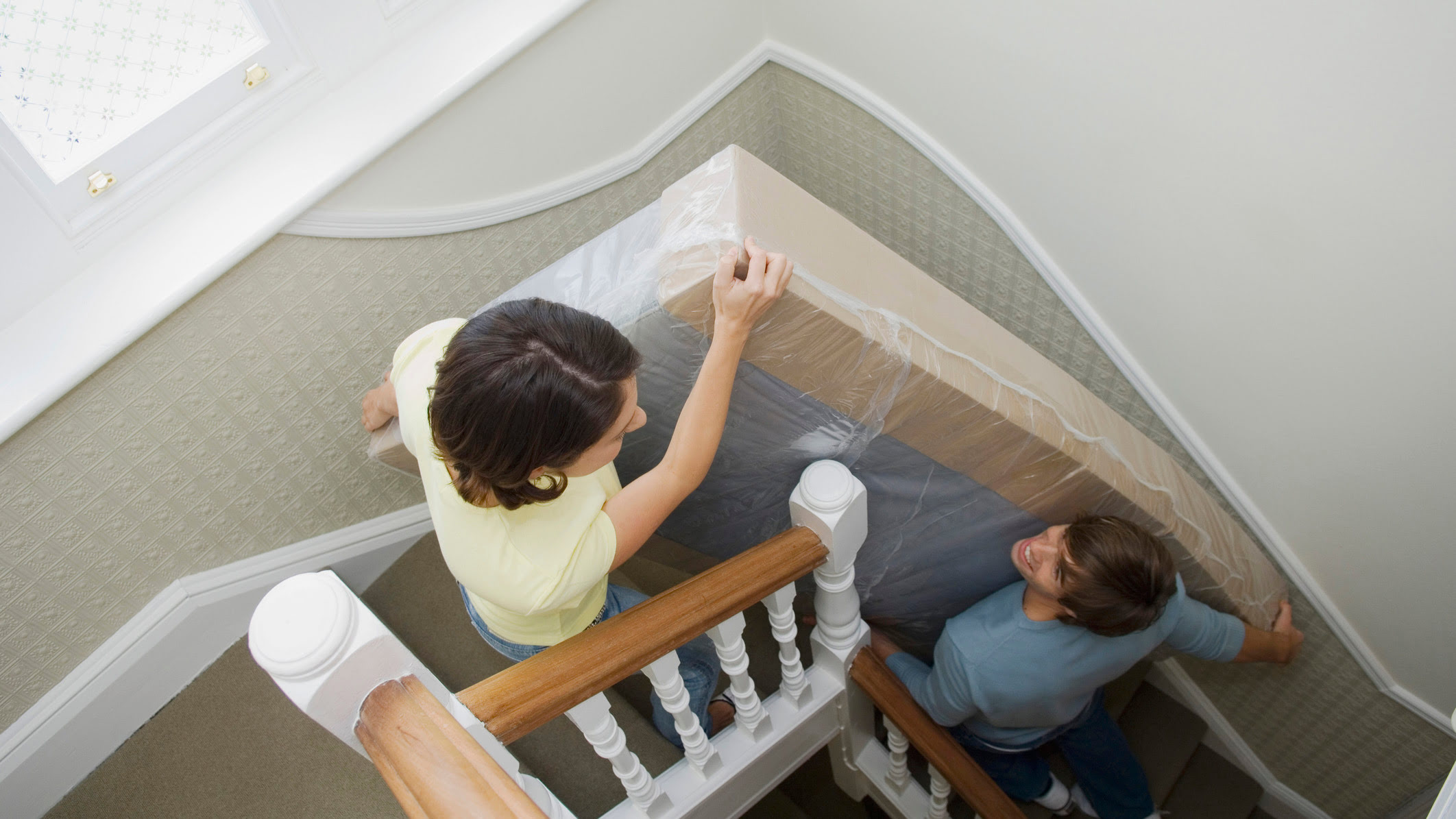
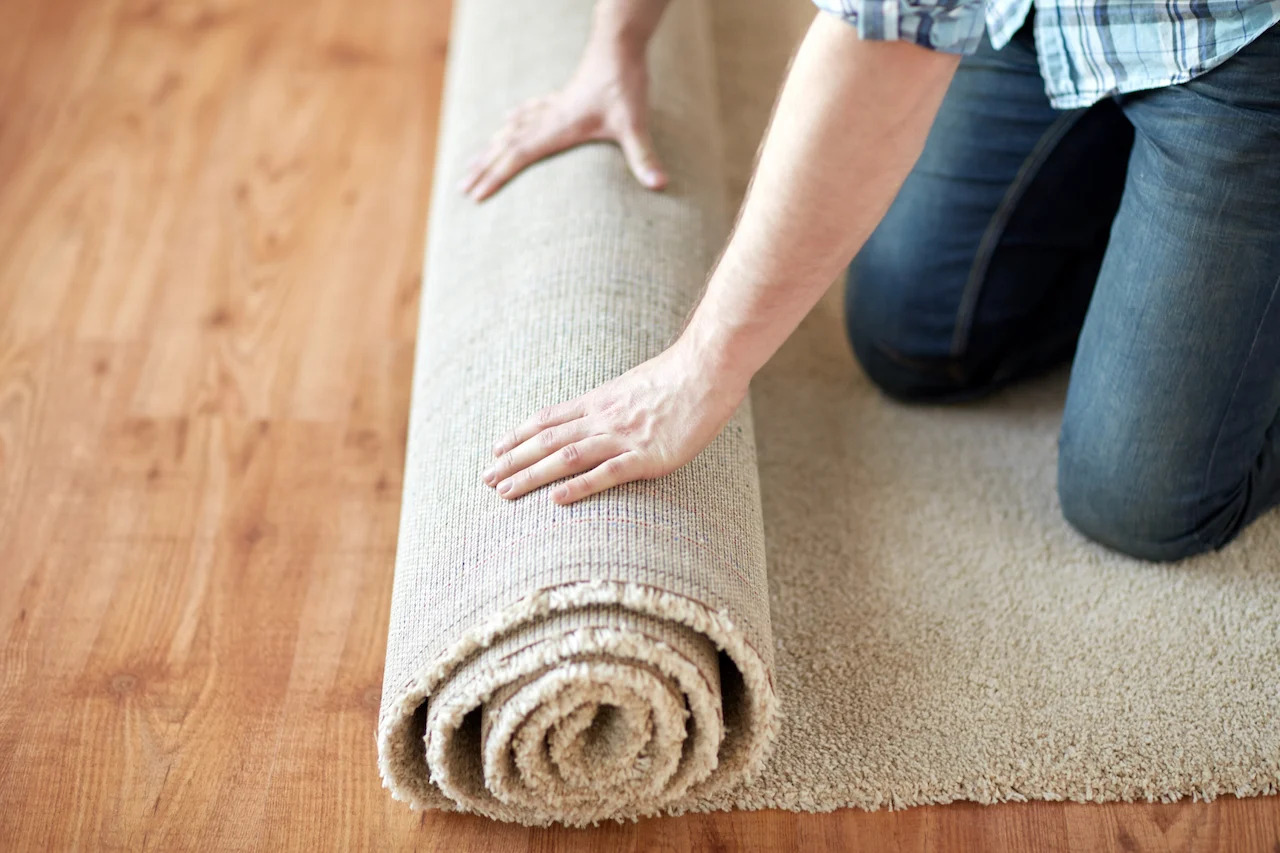
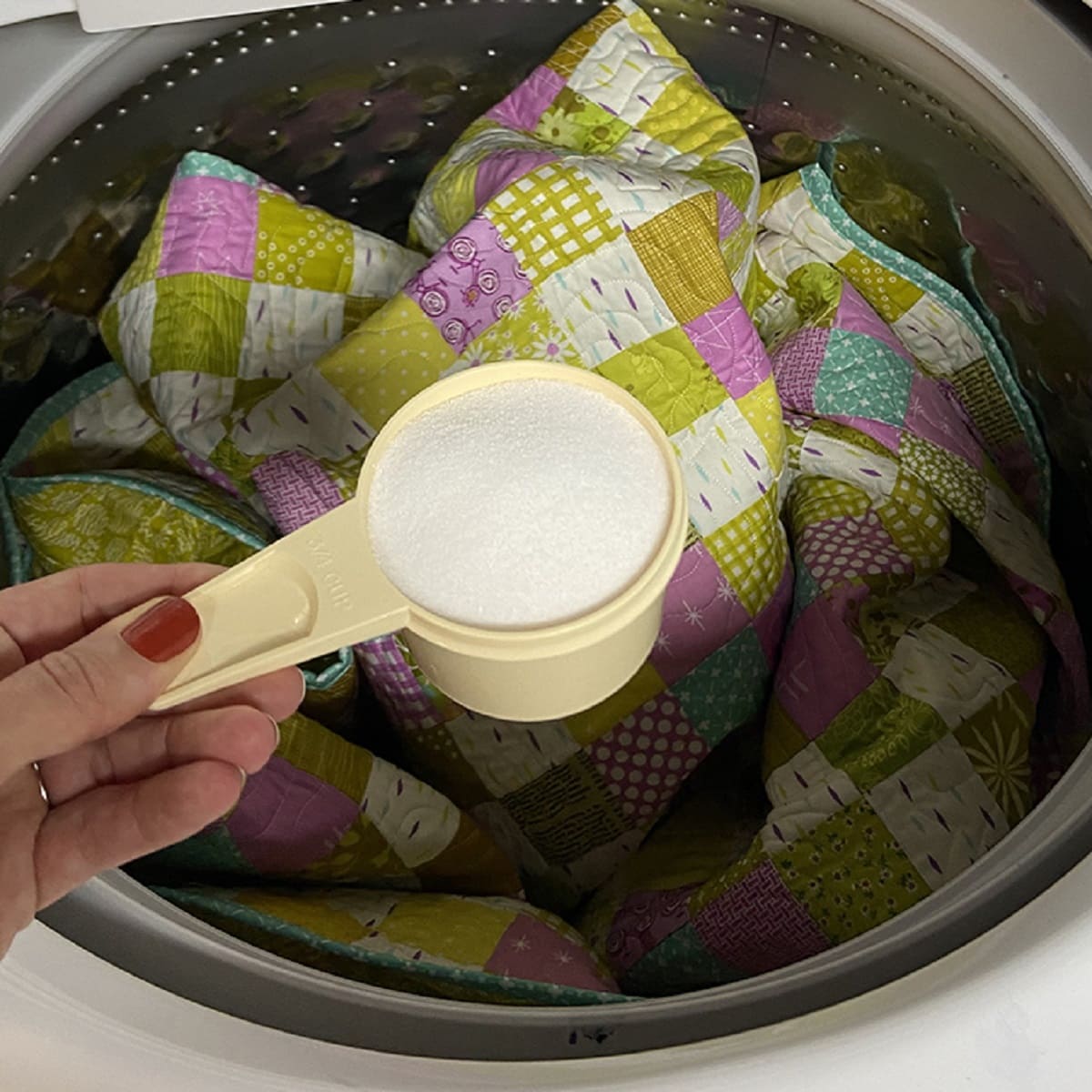
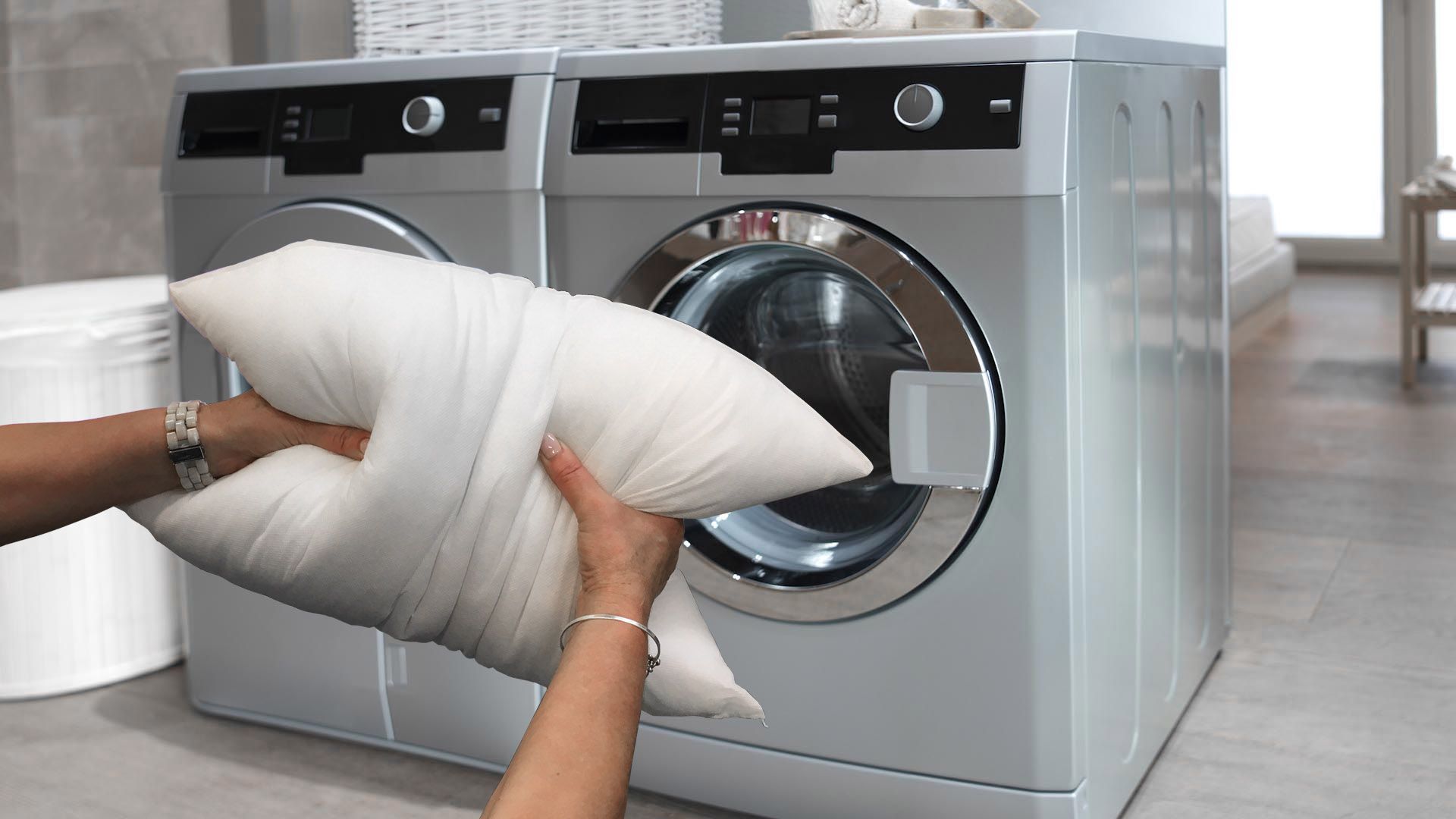
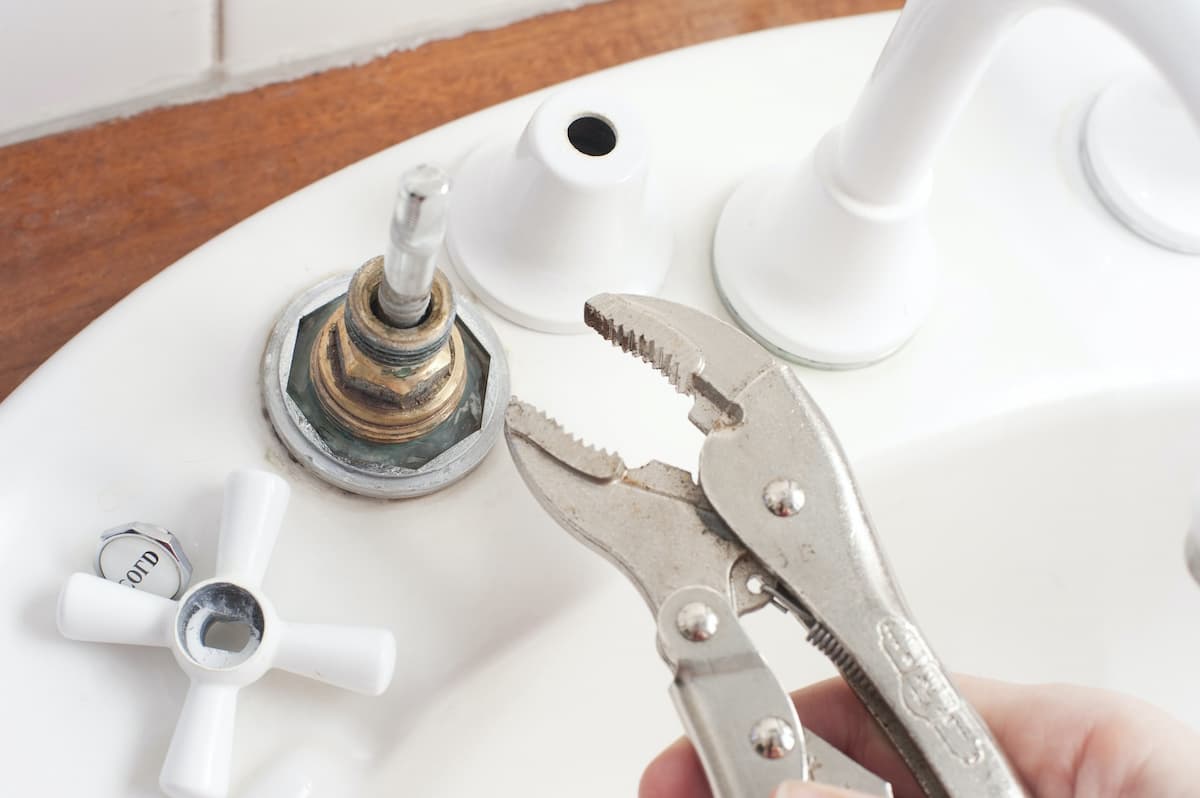
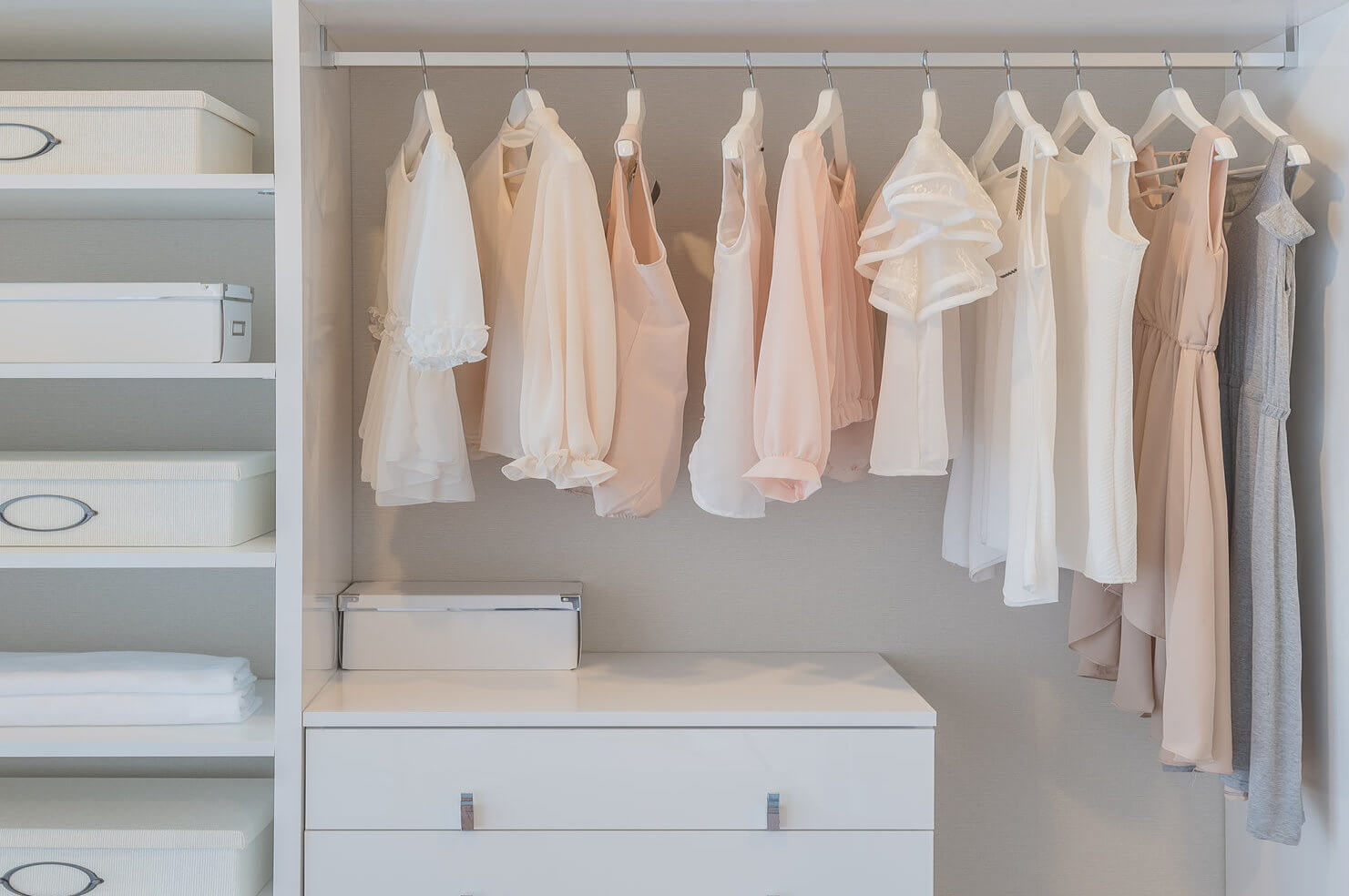


0 thoughts on “How Often Should You Replace Your Bath Mat”